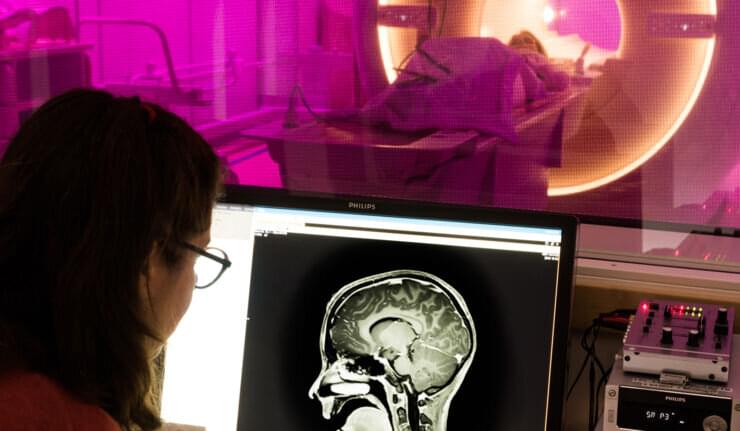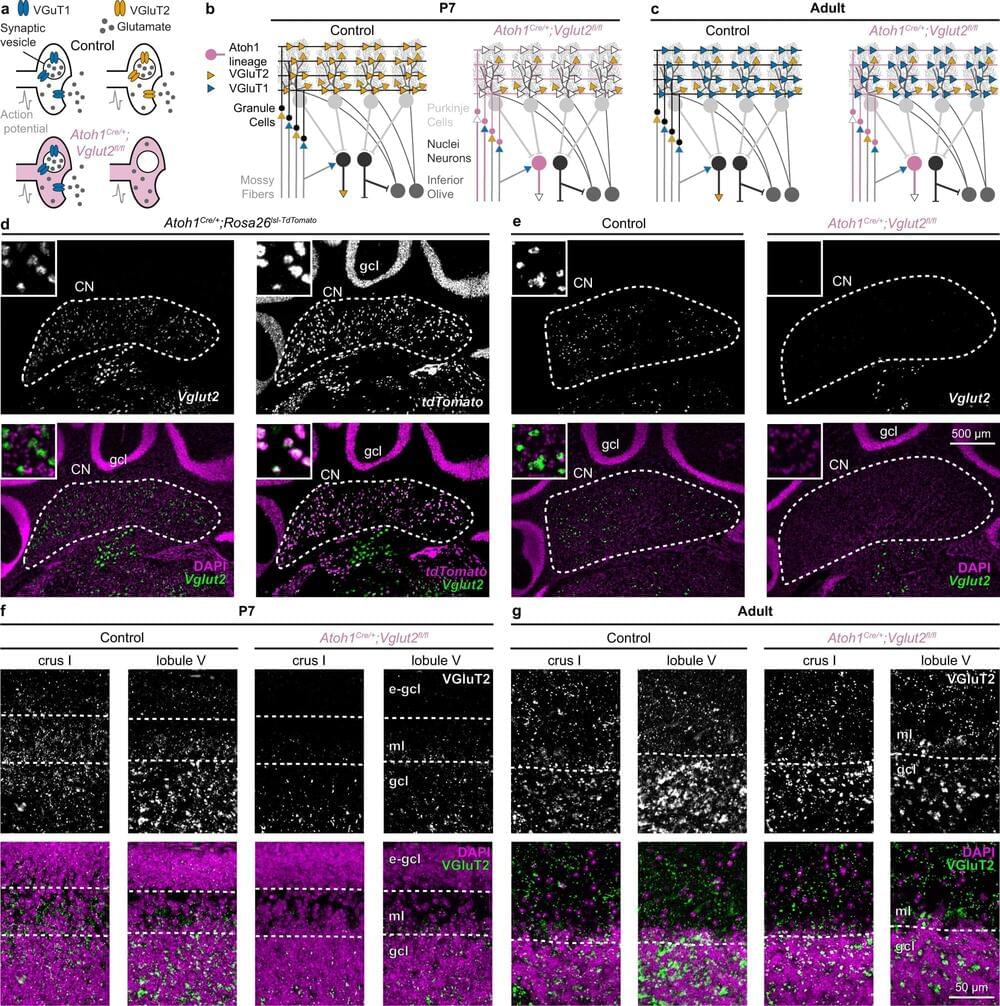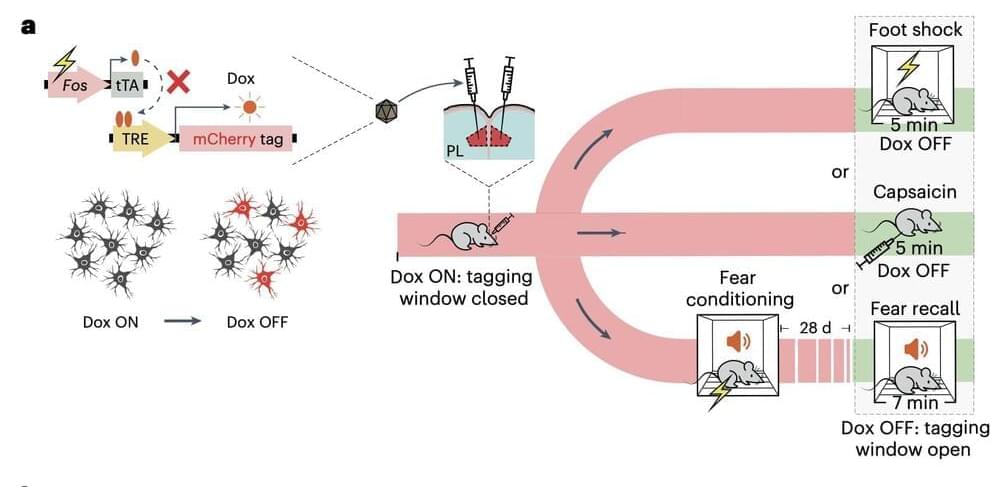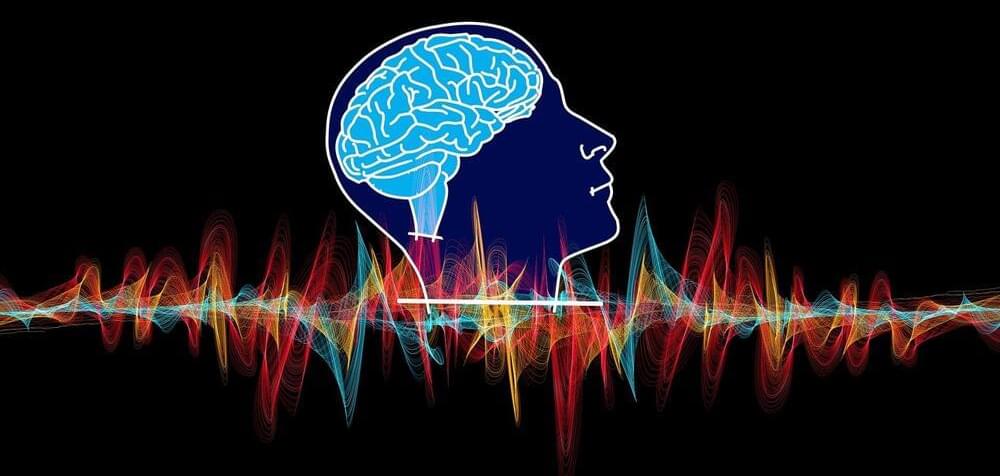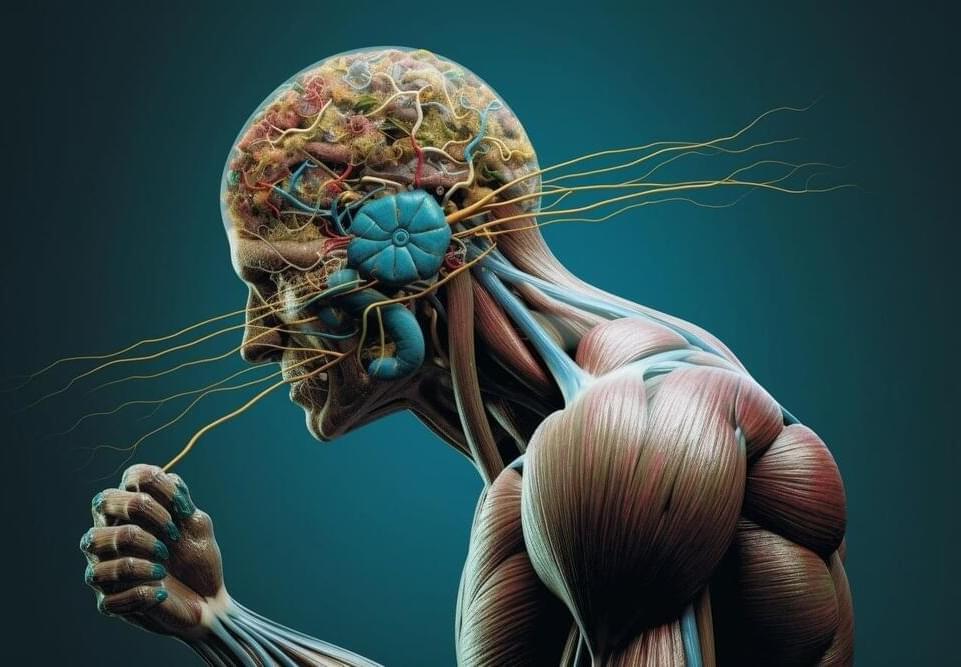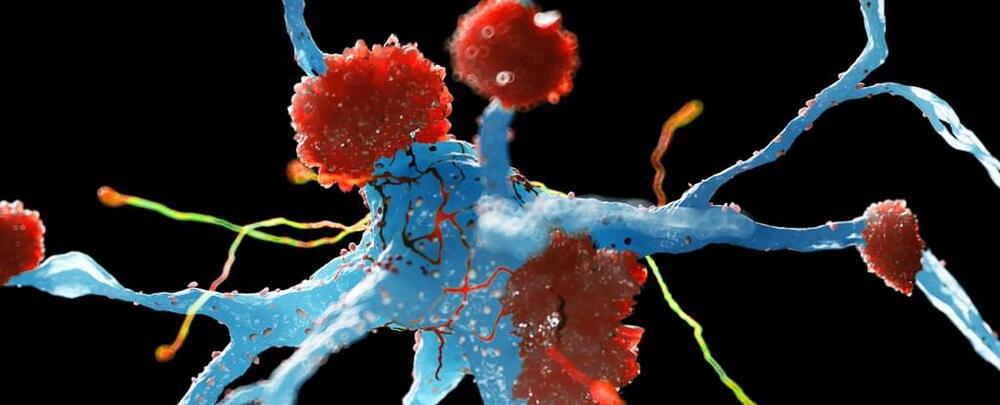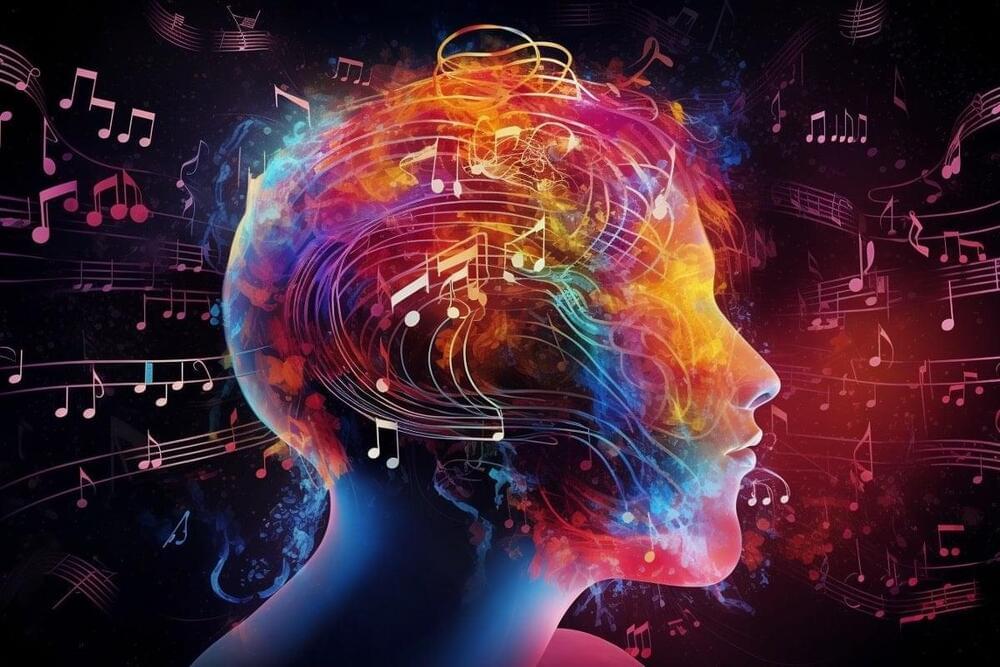May 16, 2023
Study finds the brain reacts differently to touch depending on context
Posted by Shubham Ghosh Roy in category: neuroscience
The touch of another person may increase levels of the “feel-good” hormone oxytocin. But the context really matters. The situation impacts oxytocin levels not only in the moment, but also later, as is shown by researchers at Linköping University and the University of Skövde in Sweden. Their study has been published in the journal eLife.
An embrace from a parent, a warm hand on your shoulder or a caress from a romantic partner are examples of how touch can strengthen social bonds between people and influence emotions. But although touch and the sense of touch have a very important function, knowledge of how this actually works is still lacking.
Studies in animals have shown that the hormone oxytocin is linked to touch and social bonding. However, many questions remain unanswered when it comes to oxytocin’s role in human social interactions and how this hormone can influence and be influenced by the brain. To study this more closely, researchers have examined what happens in the body when we feel a soft touch.
